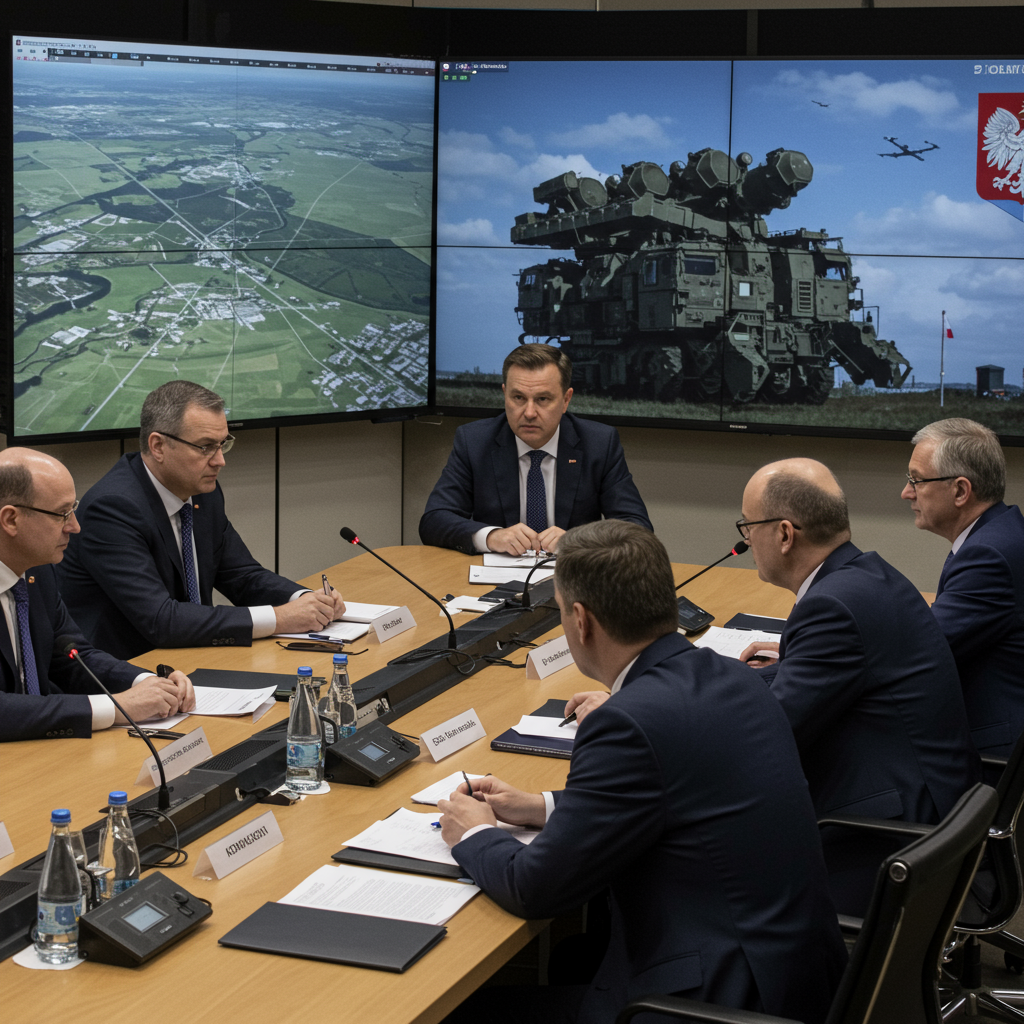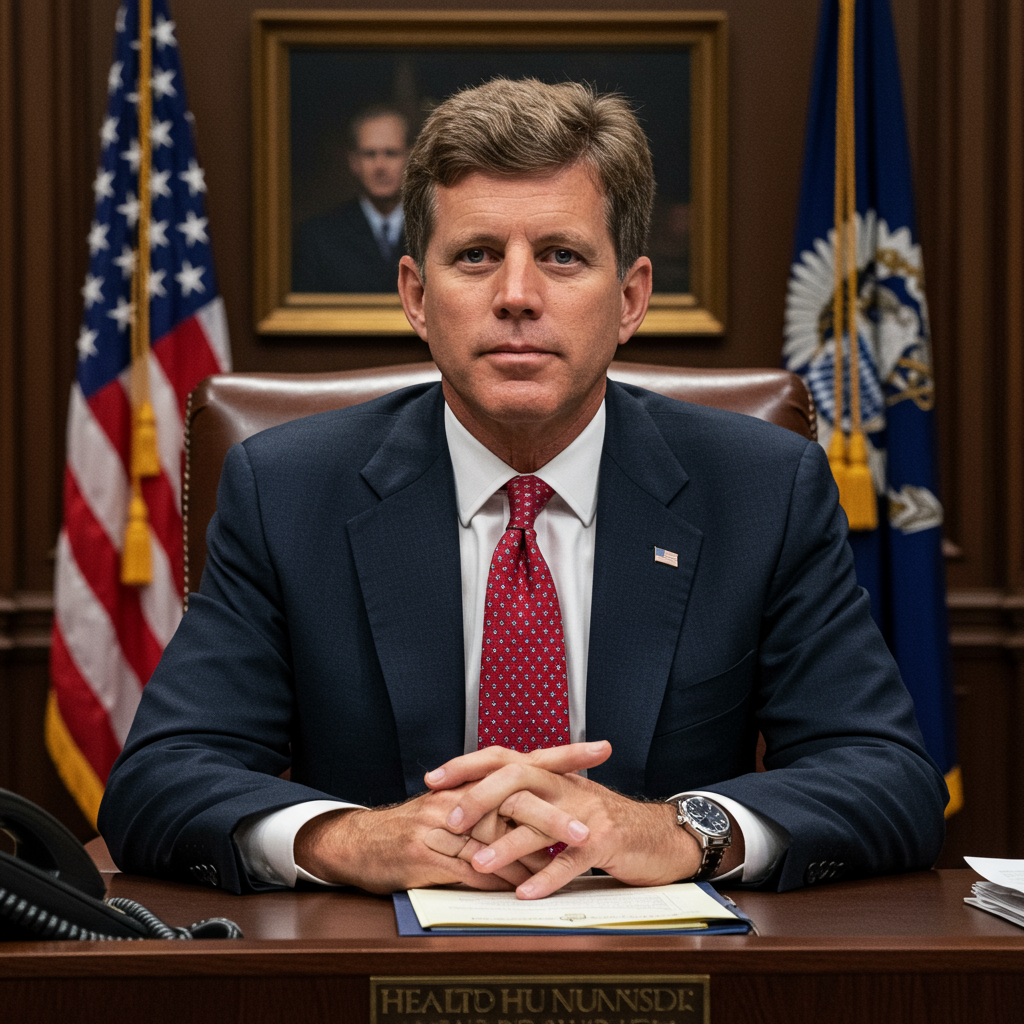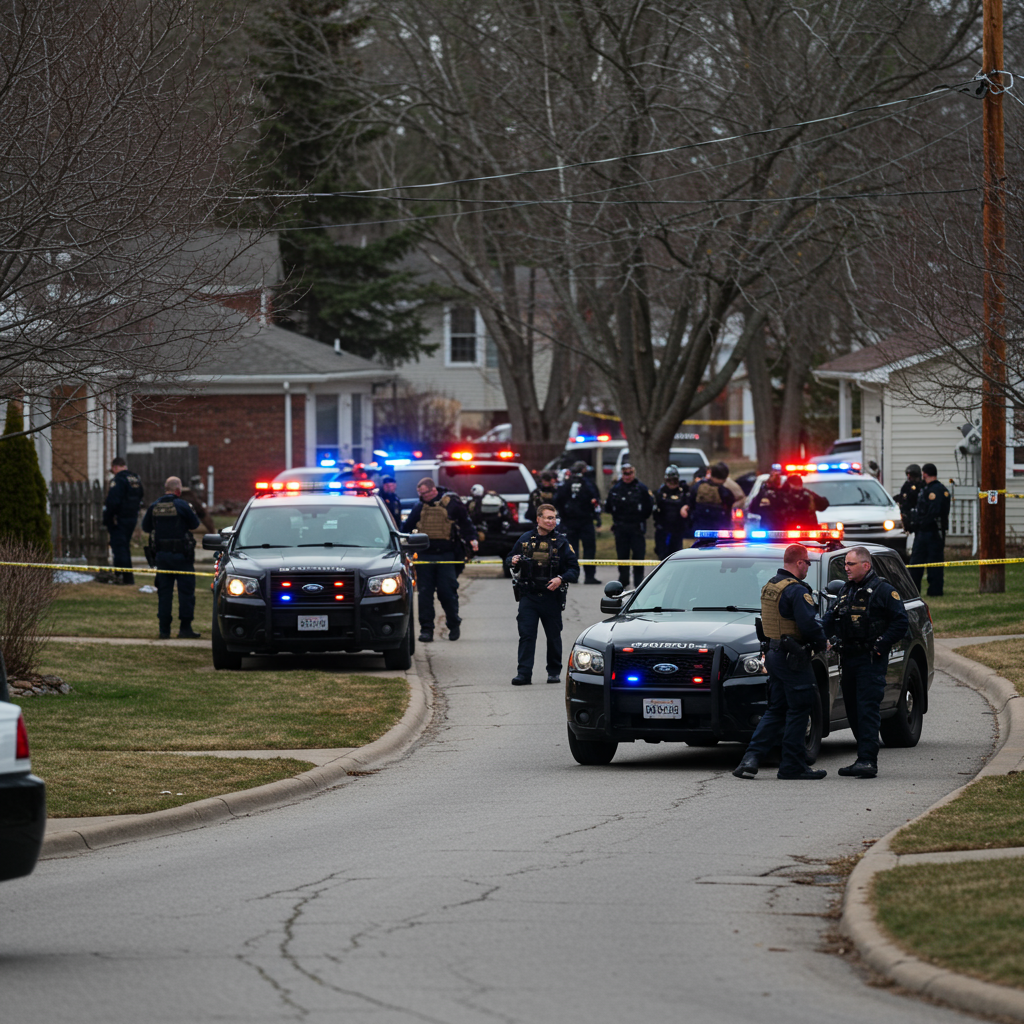Europe is on high alert after Poland vehemently rejected Russia’s claims that recent drone incursions into its airspace were accidental. Polish officials have unequivocally stated that these drones deliberately targeted the nation, signaling a dramatic escalation of Russian aggression. This unprecedented event has prompted urgent calls for a unified European air defense system, forcing NATO allies to reassess their readiness and response to a rapidly evolving security landscape. The incident underscores a critical turning point, pushing Europe closer to military conflict than at any point since World War II.
Poland’s Deputy Prime Minister and Foreign Minister, Radosław Sikorski, was resolute in his condemnation, dismissing Russia’s assertions as “lies and denials” and “default Soviet responses.” He emphasized that the drones “did not veer off course” but were “deliberately targeted Poland,” suggesting a brazen challenge to regional stability. This grave assessment, echoed by numerous European leaders, confirms a shift in the nature of Russia’s actions beyond Ukraine’s borders. The international community views these acts not as accidental spills, but as calculated provocations designed to test the resolve of NATO and the European Union.
Russia’s Deliberate Provocation: A New Level of Aggression
The scale of the recent Poland drone incursion was significant. At least 19, possibly even two dozen, Russian drones penetrated Polish airspace overnight. While initial reports focused on property damage, including a Polish couple’s house, and fortunately no injuries, the strategic implications are profound. Polish forces reportedly shot down several of these drones, with remnants of at least seven drones and one missile recovered across various regions, including Wohyń, Olesno, and Wyryki. These drones, identified as a mix of Iranian-made “Shaheds” and unarmed Gerbera-type decoys, forced the temporary closure of key Polish airports in Warsaw, Modlin, and Rzeszow, causing widespread disruptions.
Poland’s Prime Minister Donald Tusk starkly articulated the gravity of the situation, warning that the prospect of military conflict is now “closer than at any time since WW2.” This sentiment reflects the consensus that these were not mere accidental overflights. German Defence Minister Boris Pistorius explicitly stated that Russian drones were “clearly set on course” for Poland, directly refuting Belarusian claims of electronic warfare causing stray paths. Estonia’s Prime Minister Kaja Kallas also suggested the incursion was intentional, further solidifying the perception of a deliberate act of aggression across the continent.
Unveiling Russia’s Motivations: Testing NATO’s Resolve
Experts are dissecting Russia’s complex motivations behind this audacious move. Fabian Hinz from the International Institute for Strategic Studies noted that many recovered drone fragments were from cheap, light “Gerbera” models, typically used as decoys to overwhelm air defenses. This suggests Russia might be:
Creating Fear and Psychological Impact: A military blogger’s open claim about a Shahed drone heading towards Rzeszów—a vital logistical hub for Ukrainian military supplies—sparked alerts and discussions about evacuation preparedness. Such actions tap into historical fears of Russian dominance, aiming to sow panic and discord within Eastern Europe.
Testing NATO’s Air Defenses: With over three years of advanced long-range drone capabilities developed in Ukraine, Russia may be probing NATO’s response mechanisms. While a multinational defensive operation involving Dutch F-35s, Polish F-16s, German Patriot air defenses, and Italian AWACS radar was launched, the reported low success rate (only three or four drones shot down) compared to Ukraine’s 93% against similar attacks, raises concerns. Western air defenses are not optimally designed to counter cheap, swarming drones, presenting a unique challenge.
- Influencing US Policy and Testing Commitment: The incident also serves as a critical test of US commitment to NATO, particularly as Washington considers shifting focus to other global challenges. The Kremlin might aim to pressure a US administration, potentially led by Donald Trump, into pushing for a peace agreement favorable to Russia to avoid deeper European entanglement. Matthew Savill of the Royal United Services Institute suggested Russia intends to “expose differences in response” within NATO, highlighting potential disunity.
- www.theguardian.com
- www.theguardian.com
- www.newsweek.com
- www.aerotime.aero
- www.theguardian.com
A Unified European Response: Calls for an “Air Shield”
In the wake of this Russia’s aggression, the calls for a robust and unified European air defense system have intensified. Ukrainian President Volodymyr Zelenskyy urged the urgent establishment of a “joint air defense system and an effective air shield over Europe.” He emphasized that Ukraine possesses concrete solutions and advocated for significantly increased joint funding for interceptor drone production, highlighting their proven effectiveness. The EU Defence Commissioner also suggested developing a comprehensive “drone wall” along the eastern flank, underscoring the urgency.
NATO allies have responded seriously to the incident. Poland officially invoked Article 4 of the NATO treaty, a mechanism for consultations when a member state feels its security is threatened – only the seventh time in NATO’s history. An emergency North Atlantic Council meeting followed, with Secretary General Jens Stoltenberg condemning Russia’s “reckless behaviour” and reaffirming allied solidarity. He deemed the incident “absolutely reckless” regardless of intent, reiterating NATO’s commitment to “defend every inch of Allied territory.”
Strengthening Defenses and International Solidarity
The international community’s support for Poland has been swift and substantial. US Ambassador to NATO, Matthew Whitaker, reiterated Washington’s commitment to “defend every inch of Nato territory,” with President Donald Trump reportedly scheduled to speak with Polish President Karol Nawrocki. The UK offered support, investigating ways to bolster air defense over Poland, potentially including the redeployment of RAF Typhoons. The Netherlands confirmed its F-35 jets participated in the interception mission, and Germany pledged to integrate Patriot missile systems into regional defenses. French President Emmanuel Macron deemed the airspace incursion “simply unacceptable.”
Polish Prime Minister Donald Tusk reported receiving not only expressions of solidarity but also “proposals for concrete support for the air defence of our country” from various European leaders, including Germany’s Chancellor Friedrich Merz and Dutch Prime Minister Dick Schoof. Ukrainian President Zelenskyy also conversed with European Commission President Ursula von der Leyen, discussing not only Ukraine’s security but also the allocation of €6 billion for drone production in Ukraine and leveraging frozen Russian assets for Ukrainian benefit. These discussions highlight a concerted effort to strengthen both Ukraine’s and Europe’s defensive capabilities.
The UN has expressed deep concern, warning of a “real risk” of the war in Ukraine spilling over throughout the rest of the region. This latest incursion is part of a broader “post-Alaska escalation” by Russia, following previous drone incidents in Poland and Estonian complaints of airspace violations. Russia’s intensified bombing campaign in Ukraine, including a massive assault involving over 800 drones on the Ukrainian cabinet building, further illustrates this aggressive pattern. Despite Russia’s official denial of any intention to engage Polish targets, the consensus among affected European nations is that these were deliberate acts of aggression, demanding a unified and resolute response. Poland, the EU, and NATO have declared they will not be intimidated, emphasizing their continued support for the brave people of Ukraine.
Frequently Asked Questions
What were the immediate consequences of the Russian drone incursions into Polish airspace?
The immediate consequences were significant and disruptive. At least 19 Russian drones violated Polish airspace, forcing the temporary closure of major airports in Warsaw, Modlin, and Rzeszow. While no casualties were reported, property damage occurred, including a residential building. In response, Poland officially invoked NATO’s Article 4, calling for urgent consultations on the perceived threat. Polish and NATO air defenses were activated, successfully intercepting several drones, highlighting heightened alert levels across the region.
How is this incident viewed in the broader context of Russia’s war and its impact on NATO?
This incident is widely considered a severe escalation of Russia’s aggression and a deliberate provocation. European leaders and experts view it as Russia testing NATO’s “red lines” and assessing the alliance’s air defense capabilities, particularly with cheap drone swarms. It places Europe closer to military conflict than at any time since World War II, underscoring the real risk of the war in Ukraine spilling over. The timing, ahead of the large-scale Russian-Belarusian military exercise “Zapad 2025,” suggests a calculated move to increase regional instability and potentially influence US policy towards Ukraine.
What actions are being proposed to strengthen European and NATO air defenses against future drone threats?
In response to these threats, there are urgent calls for the establishment of a joint European air defense system and an effective “air shield” over the continent. Ukraine has proposed concrete solutions and advocates for increased joint funding for interceptor drone production. NATO allies are enhancing their cooperation, with the UK exploring options to deploy RAF Typhoons, the Netherlands contributing F-35s, and Germany integrating Patriot missile systems. These measures aim to create a more resilient and unified defense against the evolving nature of drone warfare, specifically addressing the challenge posed by mass drone attacks.
A Decisive Moment for European Security
The recent Poland drone incursion represents a decisive moment for European security. The unequivocal rejection of Russia’s denial by Poland and its allies, coupled with robust calls for collective defense, signals a unified resolve to counter Russia’s escalating aggression. This incident not only highlights the immediate need for advanced, integrated European air defense systems but also reinforces the long-term imperative for sustained investment in collective security. As nations like Poland, Germany, the UK, and the US solidify their commitment, the message to Russia is clear: intimidation will not deter the alliance from standing firmly with Ukraine and defending every inch of NATO territory. The era of strategic ambiguity is over; a stronger, more united Europe is rising to meet these challenges head-on.



